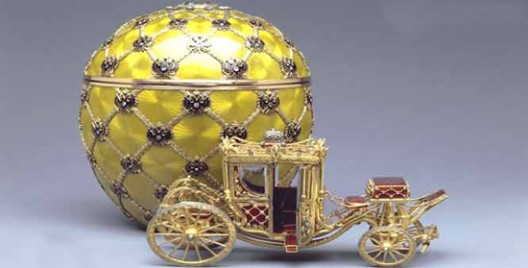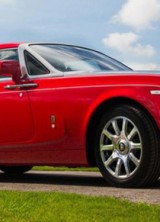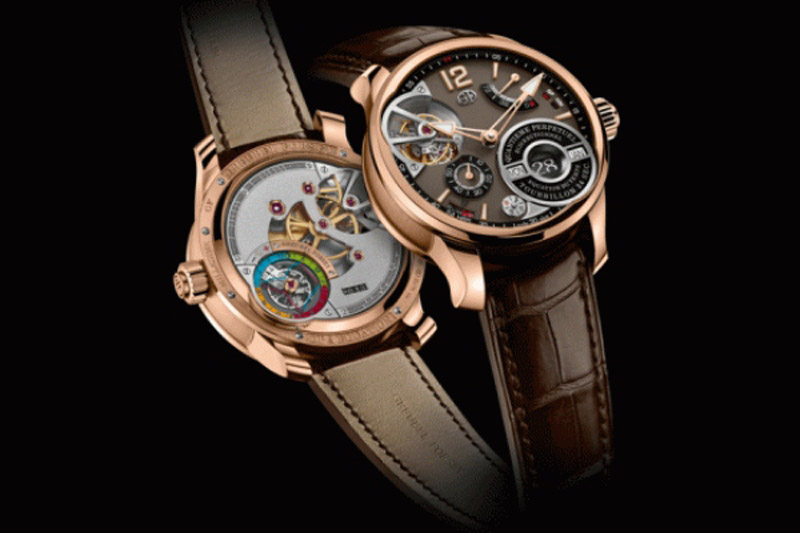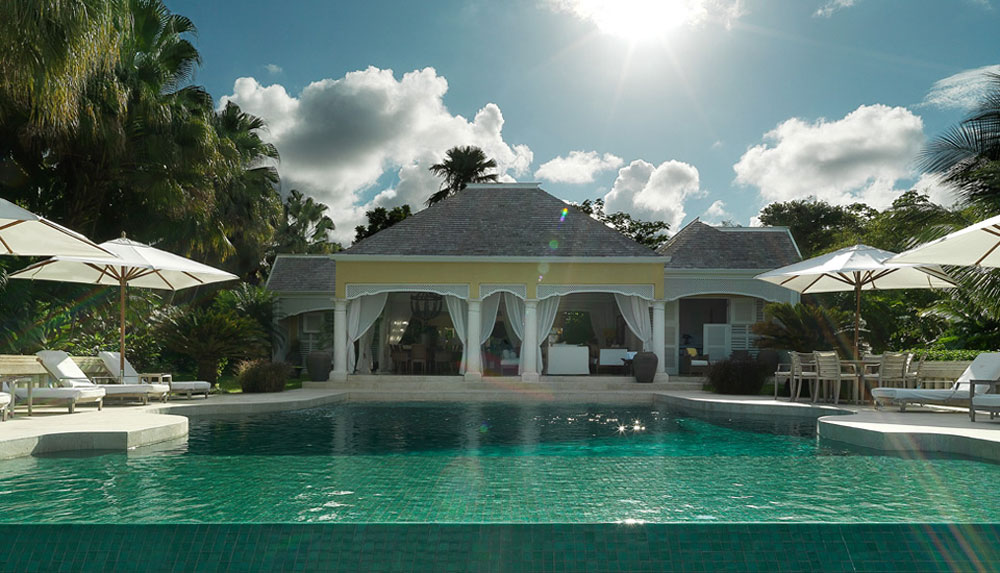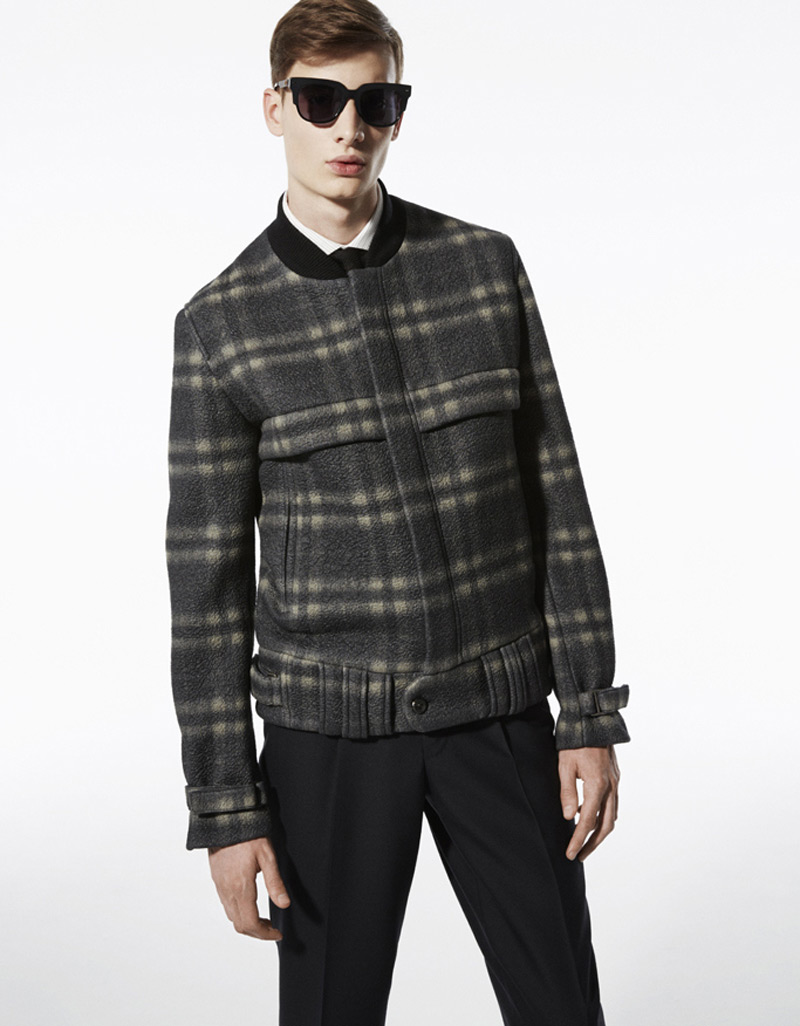The series of lavish Easter eggs created by Fabergé for the Russian Imperial family, between 1885 and 1916, against an extraordinary historical backdrop, is regarded as the artist-goldsmith’s greatest and most enduring achievement. The story began when Tsar Alexander III decided to give a jewelled Easter egg to his wife the Empress Marie Fedorovna, in 1885, possibly to celebrate the 20th anniversary of their betrothal. Tsar Alexander was apparently involved in the design and execution of the egg, making suggestions to Fabergé as the project went along, and thus the first Imperial Easter egg was born.
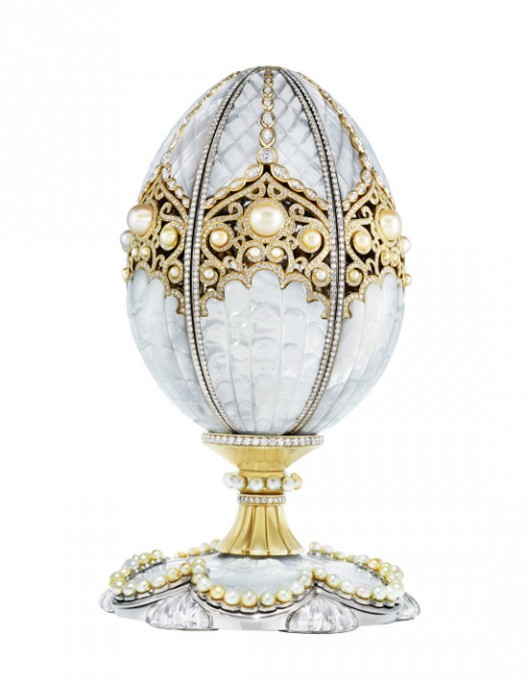
Now, the first Faberge Imperial egg produced in almost a century is set to be unveiled in Qatar on Tuesday. The “Faberge Pearl Egg” features 139 fine white pearls, and more than 3,300 diamonds as well as other precious gemstones.
It will be sold at the end of the five-day exhibition in Qatar and there are already buyers interested in the piece.
One estimate put the value of the new egg at $2 million and several people had already expressed their desire to buy the piece.
The new egg has been crafted “to mark the upcoming (100th) anniversary since the last Imperial egg was commissioned,” Faberge’s spokeswoman Alize Morand told AFP.
Of the 50 eggs Fabergé made for the Imperial family from 1885 through to 1916, 42 have survived.

